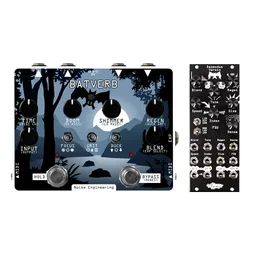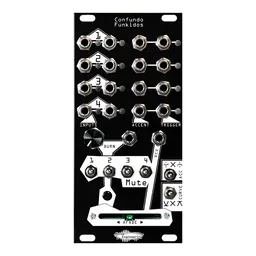We’re big on documentation. All of our products have extensive user manuals, where we chat about functions, the history of module development, and often a few patches that we enjoy to help get you started. A while back, we switched from PDF manual files to a lightweight web-based solution, and recently we’ve gotten a few questions about them. Today, we wanted to do a rather meta post and document our documentation.
The background
For a long time, all Noise Engineering manuals were available as PDF downloads. While this worked, it presented a few issues. They had to be downloaded to be viewed, making it harder to use them on tablets and phones, and limited the formatting options that we had for different devices. They weren’t easily accessible to screen readers. They also couldn’t be updated easily, so making edits and adding information was a big task – and old versions of manuals sometimes floated around. So, we asked our friends at Winterbloom to make us something better, and the Noise Engineering manuals website was born.
Easy linking, navigation, and updating
Our new manuals look good on any device, adapting nicely to various screen sizes. Plus, you can pick dark mode or light mode! We’re able to push updates at any time, and you’ll see any new info right away – for example, we’ve added new functionality and run public beta tests on a couple of modules recently, and we’re able to update documentation quickly and easily whenever we make changes. We’re also able to link off to specific sections of manuals, making things like email support clearer. The manuals are super lightweight compared to PDFs, so even long manuals like Xer Mixa’s will load much more quickly than their PDF counterparts.

Accessibility
The manual website is mostly text, with images here and there, formatted as a single page. Along with being easy to read from top to bottom (which we encourage you to do!), your browser’s search functions will work quite well if you want to look something specific up. And if you use a screen reader for web browsing, they’ll work quite well, too.
If you want a printed version, you can use your browser’s print function and they’ll look nice on paper, too. If you don’t want any sections (like the table of contents or power sections) you can remove those from the print job.
Getting started and beyond
If you haven’t explored the manuals for your favorite Noise Engineering modules, now’s a great time! All manuals cover the basic functions, voltage ranges, power specs, and more important details for your modules. Many of the manuals also include basic patches (need a bell?) to kick off some inspiration, as well as show some of the important functions of the module and our personal favorite features.






